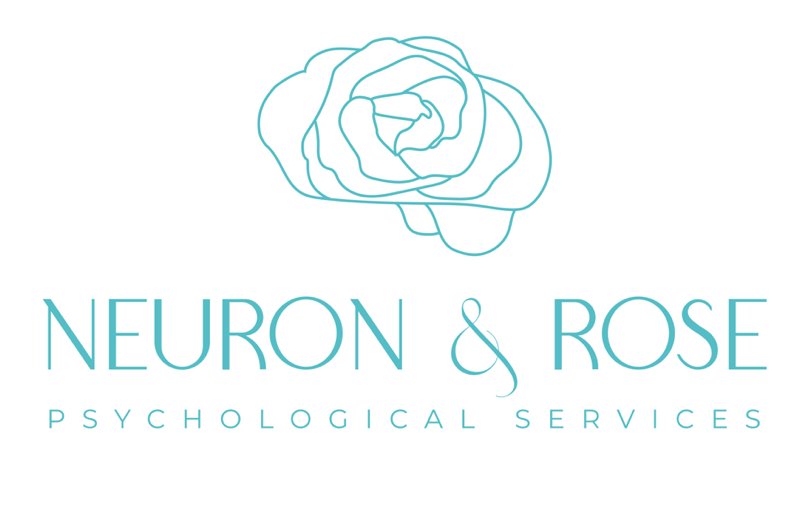Unmasking Explained: Navigating the Challenges and Benefits for Neurodivergent Individuals
Neurodivergent Unmasking
For many autistic and otherwise neurodivergent folks, masking has been a lifelong survival strategy—often one developed unconsciously and reinforced by the world around us. But in recent years, conversations about unmasking have gained traction in both clinical and community spaces. While the concept of showing up more authentically is powerful, the journey is not simple—and it's certainly not one-size-fits-all.
So let’s break it down.
What Is Masking?
Masking refers to the ways neurodivergent people—especially autistic individuals—suppress or hide their natural ways of being in order to conform to neurotypical expectations.
This might look like:
Forcing eye contact
Faking or exaggerating facial expressions
Holding back stims
Forcing yourself through small talk
Monitoring every move and word: How am I coming across? Am I “doing this right”?
It’s not just behavior—it’s a massive cognitive load. Masking requires constant self-monitoring, and over time, it takes a serious toll.
The Cost of Masking
The long-term impacts of masking are significant and well-documented.
Chronic masking can lead to:
Burnout
Anxiety and depression
Suic*dality and non-su*cidal self-injury
Identity confusion
Low self-esteem and self-worth
“Once I was identified and was exploring this, it was kind of hard. A lot of this is SO unconscious. We don’t even realize we are doing it. Communicating directly instead of sugarcoating, using your natural cadence, stimming when you need to, saying no to things that drain you, asking for accommodations—this is all part of it.”
-Dr. Jess Hogan, Executive Director of Neuron & Rose
What Does Unmasking Actually Look Like?
Unmasking isn’t an all-or-nothing process—it’s often subtle, layered, and deeply personal. Unmasking might mean:
Rocking, flapping, or other stimming behaviors in public
Leaving environments that are overstimulating
Speaking in a natural tone or rhythm instead of performing a social script
Opting out of small talk
Asking for space, quiet, or sensory tools
For many, the first steps are tiny—and that’s okay.
It’s Not Always Safe to Unmask
Here's the nuance: unmasking is a privilege, and it’s not equally safe for everyone. For multiply marginalized folks—especially Black, brown, queer, trans, disabled, and immigrant individuals—the risks are real.
Systemic racism, discrimination, and cultural misunderstanding can mean that autistic behaviors, like stimming or avoiding eye contact, are misread as aggression, disrespect, or threatening behavior—especially in Black and brown bodies. This can lead to further marginalization, punishment, or even violence.
And in some cultural contexts, norms around communication, behavior, and emotional expression may make unmasking feel unsafe or isolating. What feels like authenticity to one person may feel like rejection or risk to another.
Unmasking often involves some degree of disclosure. And in today’s world, that’s not a neutral act. Sharing your neurodivergence—especially formally—can impact:
Employment opportunities
Access to immigration or adoption services
Military service eligibility
Relationships, housing, education, and more
That doesn’t mean folks shouldn’t unmask—but it does mean we need to approach it with intentionality and informed choice.
“Start with something really, really small. Maybe do it alone or with someone safe. I often recommend movement: move in the way your body is craving for 30 seconds. You wouldn’t think so, but it can be incredibly emotional to actually listen to your body—for the first time in your life—and just do what it needs. I think I just rocked for 30 seconds, and it was a lot. It can be profound.”
-Dr. Jess Hogan, Executive Director of Neuron & Rose
So… Where Do We Start?
When clients or community members ask, “How do I start unmasking?”—the answer is: very gently.
Start small: a movement, a word, a moment of honesty.
Find safe spaces: trusted people, support groups, affirming clinicians.
Check in with your body: what does it need, want, crave?
Explore your capacity: when do you feel safest being more yourself? When do you need to mask for protection or survival?
And most importantly—you don’t owe unmasking to anyone. Your safety matters.
Are you looking for help with your unmasking journey or just getting started? Reach out to learn more about how we can help.
For those late-diagnosed and living on Chumash land (colonized as Los Angeles, CA), find community, shared-identity and understanding by joining our monthly Drop-in Late Diagnosed Support Group, facilitated by our own AuDHD therapist, Teresa Koro (self-diagnosis accepted!).
Land acknowledgement & land map
Land Map resource here.
Land acknowledgement Resources: Support starts with educating yourself about history, and being willing to sit with uncomfortable truths. It can then include things like: learning about cultural appropriation, and commit to not engaging in and perpetuating cultural appropriation; committing to calling people in to conversations; educating others, honoring Native folks on holidays such as Indigenous People’s Day, considering the implications of celebrating holidays such as Thanksgiving, or the Fourth of July; making land acknowledgements, (to find out whose land you’re on, head here), having conversations with people about what you learn; financial support; uplifting and amplifying Native voices and stories; understanding and supporting Land Back efforts; researching and supporting Native causes, including supporting and advocating Native-led for legislation changes. Some options for financial support of Native communities on Wahpekute land are here, here, here, here, here or here; Chumash land here; National.







